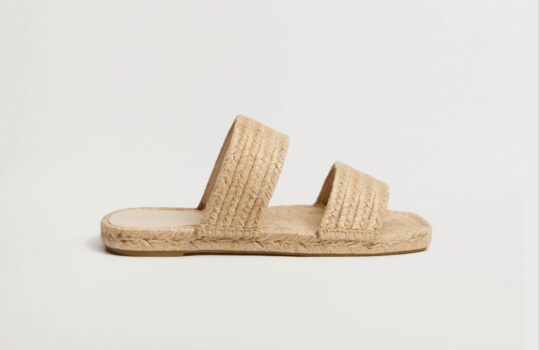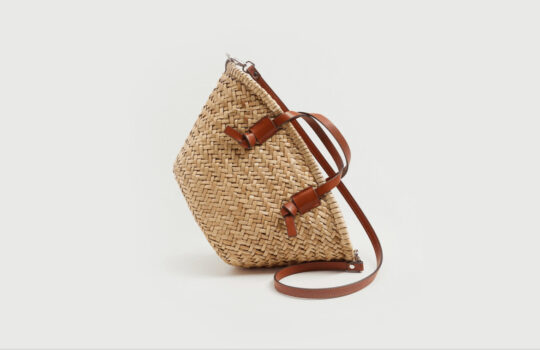Gucci’s Men’s Cruise Collection 2018
Lookbook Has Arrived
Fast fashion is the mass production of cheap, poor quality, disposable clothing. To give you an idea of the scale of the problem, the fashion industry churns out a gargantuan 80 billion garments a year.
That’s over 10 for every person on earth. And it’s 400% more than it produced 20 years ago.
Clothes shopping used to be an occasional event—something that happened a few times a year when the seasons changed or when we outgrew what we had. But about 20 years ago, something changed. Clothes became cheaper, trend cycles sped up, and shopping became a hobby. Enter fast fashion and the global chains that now dominate our high streets and online shopping. But what is fast fashion? And how does it impact people, the planet, and animals?
Breaking Up With Fast Fashion Has Been Easier
It was all too good to be true. All these stores selling cool, trendy clothing you could buy with your loose change, wear a handful of times, and then throw away. Suddenly everyone could afford to dress like their favourite celebrity or wear the latest trends fresh from the catwalk.

Many people debate what came first: the desire for fresh looks at an alarming rate or the industry’s top players convincing us that we’re behind trends as soon as we see them being worn. It’s hard to say, but there is no doubt that we thirst for the “next best thing” every day of our consumer-driven lives.
“I try as much as possible to give you a great basic product and what comes out, I feel, is really amazing.”
These brands earn millions of dollars while selling pieces cheaply because of the sheer number of items they sell, no matter the cost or markup. And garment workers are undoubtedly being paid well below the minimum wage. In the documentary “The True Cost,” author and journalist Lucy Siegle summed it up perfectly: ”Fast fashion isn’t free. Someone, somewhere is paying.”






